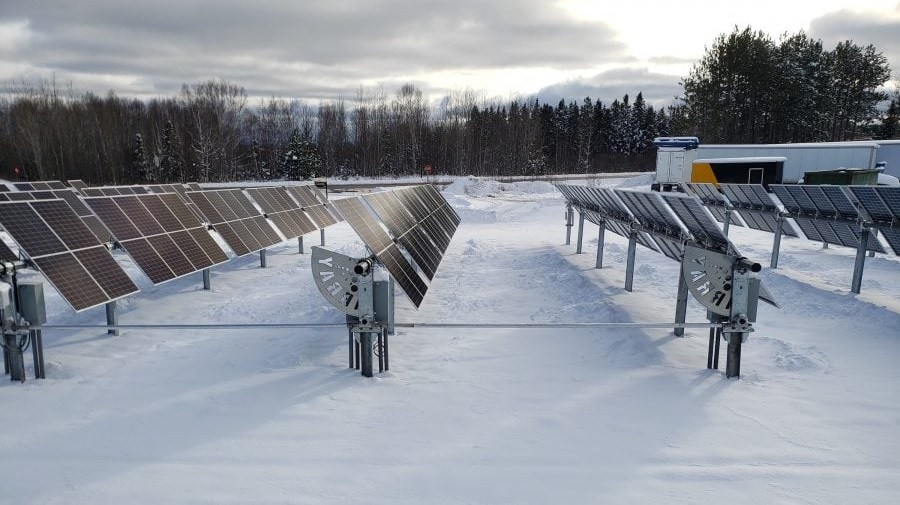IEEE Explore: Michigan Regional Test Center
More:
Question: How many households can be supplied with 1 megawatt of power and how large would the solar panel be?
The number of square meters of solar panels required to generate 1 megawatt (MW) of power depends on several factors, including the efficiency of the solar panels, the amount of sunlight available in the location where the solar panels are installed, and the specific technology used.
On average, solar panels have a conversion efficiency of about 15-20%, which means that for every square meter of solar panel area, you can expect to generate between 150 and 200 watts of power in direct sunlight.
So, to generate 1 MW of power, you would need between 5,000 and 6,667 square meters of solar panels (assuming an average efficiency of 17.5%).
There are 2.58999 square meters in one square mile.
To convert 6,667 square meters to square miles, we can divide 6,667 by 2,589.99:
6,667 sq meters / 2,589.99 sq meters/sq mile = 2.572 square miles (rounded to three decimal places).
Answer: Therefore 2.572 square miles of solar panels are required to supply 9345 household of power for 1 hour.
The number of households that can be supplied by 1 megawatt of power depends on a variety of factors, including the amount of electricity each household consumes, the time of day, and the season.
However, as a rough estimate, the US Energy Information Administration (EIA) reports that in 2020, the average US household consumed about 9,369 kilowatt-hours (kWh) of electricity per year, which is equivalent to an average of 0.107 MW of power.
Based on this average, 1 MW of power could supply approximately 9,345 households (1,000,000 watts / 0.107 MW per household) with electricity for one hour, assuming that all households are consuming the average amount of electricity.
Again, this is a rough estimate, and the actual number of households that can be supplied by 1 MW will depend on various factors such as the region, the time of day, and the actual energy consumption of each household.
Discussion: A typical residential lot is one-half acre. Rounding 9345 households to 10,000 households; the households themselves have a footprint of 7.8125 square miles; with 1/3rd of the 2.572 square miles for 1 megawatt taken up by the panels.










